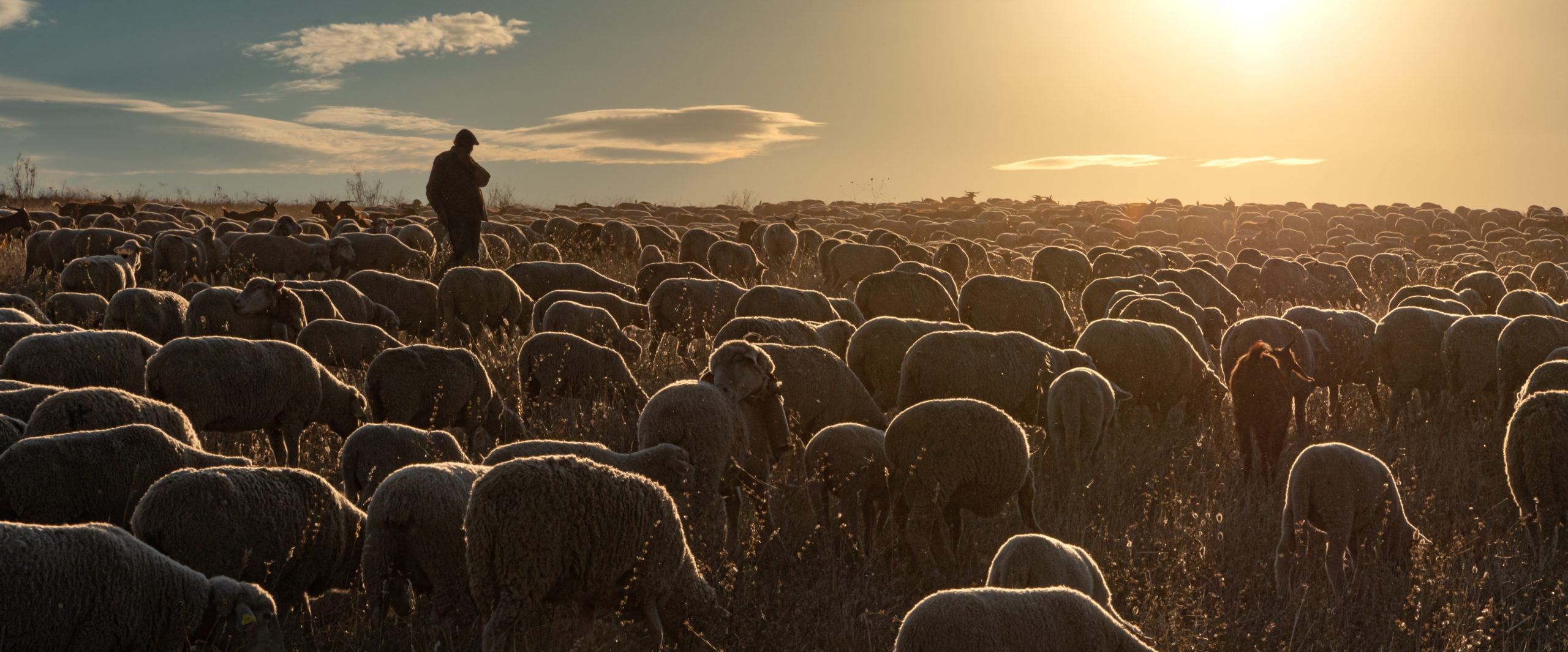Sheep and goats are two of the most resilient food production animals in the world. Small ruminants have adapted to a wide range of environmental conditions and are able to thrive in harsh climates and difficult terrain through centuries of selective breeding by humans. In the face of climate change, these animals are proving to be even more valuable, as they can help farmers to maintain their livelihoods and provide food for communities even in the face of extreme weather events and changing weather patterns.
The Clear Environmental Impact
One of the key reasons that sheep and goats are so resilient to climate change is that they can utilize a wide variety of plants and shrubs. This means that they can find food even when traditional crops are failing due to drought or other extreme weather events. As climate change impacts the growing habitats and planting zones a greater number of invasive plant species will have the potential to outcompete more economically plants and cause damage to the environment. By managing pastures through interspecies grazing, sheep and goats can help to restore balance to the ecosystem and prevent further damage from occurring.
Two important factors that will cement small ruminant roles as the future of climate change smart animals, is their ability to conserve water and their role in reducing society’s protein production carbon footprint. There are a number of breeds that have been purposely selected for their ability to survive in arid regions where water is scarce. In addition, sheep and goats have adapted to dry climates by developing a thick coat of wool or hair that helps to insulate them from the sun and retain moisture. This means that they are less susceptible to heat stress and have the potential to adapt more readily to extreme weather conditions.
The second valuable aspect of small ruminants is that they are low-emission animals. Unlike cattle, which produce a significant amount of methane during digestion, sheep and goats produce very little methane. This means that they have a smaller carbon footprint and can help to mitigate the effects of climate change by reducing greenhouse gas emissions. This aspect of their production coupled with the high volume of the global consumption of lamb, mutton, and chevon could have long lasting impacts on carbon emission levels.
Feeding the World
In addition to being resilient to climate change, sheep and goats are also valuable because they are a sustainable source of food. These animals can be raised on small farms and do not require large amounts of land or resources to thrive. In fact, in many parts of the world, sheep and goats are raised on marginal land that is unsuitable for other types of agriculture. This means that they can help to provide food for people in regions where other types of farming are not possible.
Sheep and goats also provide a variety of different products that are valuable for food production. Wool, meat, milk, and cheese are all produced by these animals, and each product has a unique set of nutritional benefits. For example, sheep and goat milk are often preferred by people who are lactose intolerant, as they contain lower levels of lactose than cow’s milk. Similarly, sheep and goat meat are often leaner and lower in cholesterol than other types of meat, making it a healthier option for consumers.
Overall, sheep and goats are incredibly resilient food production animals that can play a key role in helping communities to adapt to the effects of climate change. These animals do thrive in a variety of environmental conditions and provide a sustainable source of food that is both low-emission and highly nutritious. As the world continues to grapple with the effects of climate change, the value of sheep and goats as food production animals will only gain more importance to the future of regional and national food production chains.


